Yoga and Kinesiology
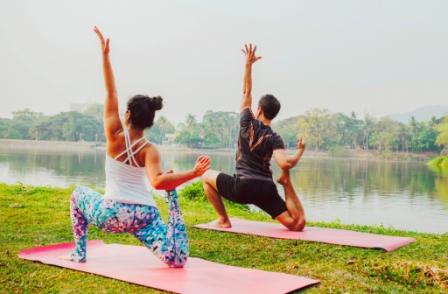
1. Flexion and Extension are movements that take place along the sagittal plane and involve anterior or posterior movements of the body. Flexion is an anterior-directed movement; eg. Bending the forearm at the elbow. The extension is a posteriorly directed movement; eg. Straightening of the bent forearm. 2. Abduction is the movement of a limb […]
Retraction in asana movement
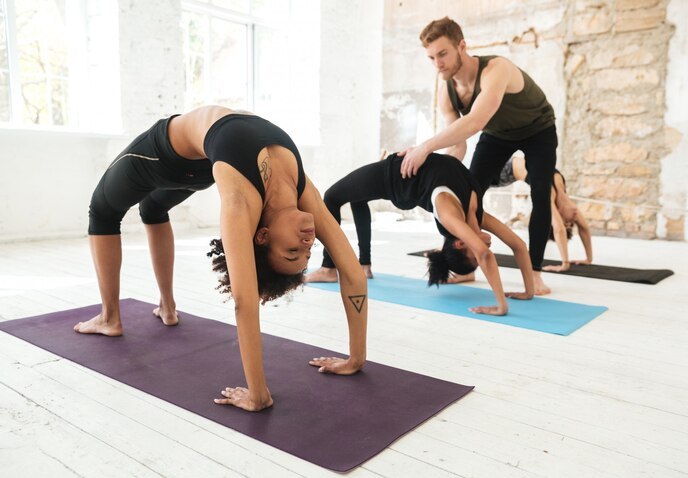
Moving the scapula toward the spine, also called scapular adduction or pulling the mandible backward. When you draw your shoulder blades together, it’s a retraction, and when they are apart, it’s protraction. With protraction, you can think about cat pose or plank, you want to pull the shoulder blades away from each other. For retraction […]
Protraction in asana movement

Explain term Protraction, in compare with asana movement. Moving the scapula away from the spine, also called scapular abduction or jutting the mandible forward. When having understood this action, it can be easily applied in poses like Phalakasana (Plank Pose), Uttanasana (Standing Forward Fold Pose), Paschimottanasana (Seated Forward Fold Pose), and some similar poses where although […]
Lateral rotation (external rotation), in asana movement
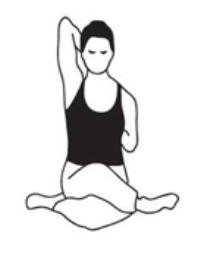
Explain term Lateral rotation (external rotation), in compare with asana movement. Lateral rotation is rotating away from the midline. An external rotation is when the head of the femur, or thigh bone, moves outwards from our centre line. These are poses we do a lot in a yoga class: warrior 2, triangle pose, extended side […]
Medial rotation (internal rotation), in asana movement

Explain term Medial rotation (internal rotation), in compare with asana movement. Medial rotation is rotating toward the midline. Medial rotation is a term describing a specific anatomical motion. The term medial in anatomy refers to moving closer to the median plane, or central vertical divider, of the body. Thus, a medial rotation is the movement of […]
Lateral flexion in asana movement.
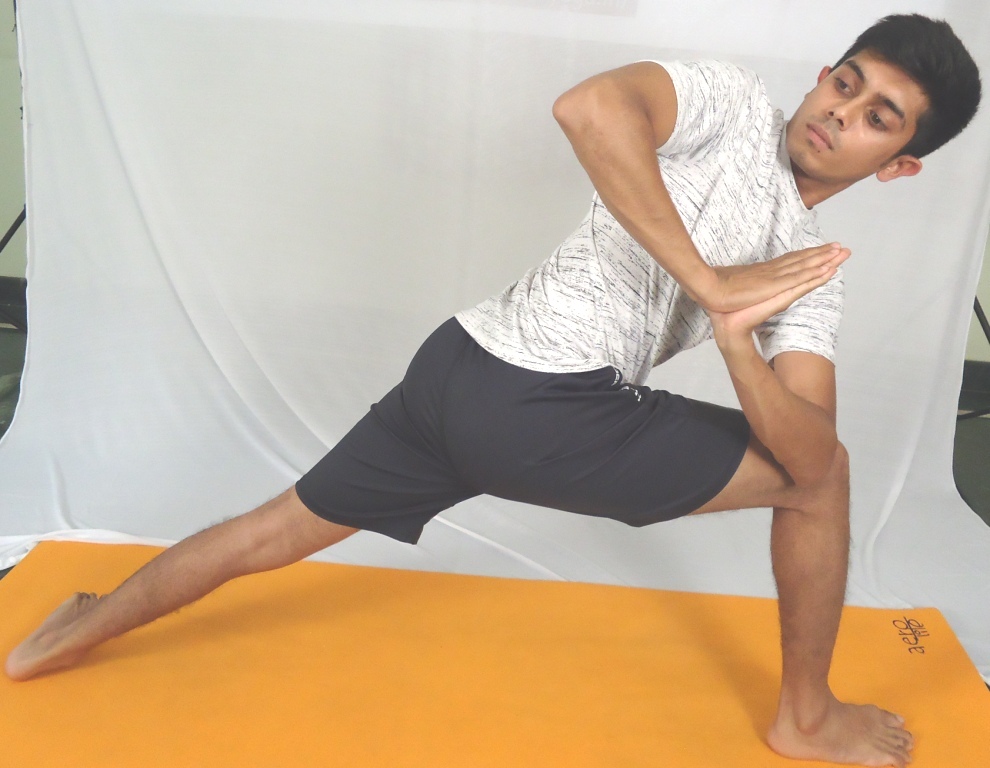
Lateral flexion is a movement that bends the body to the right or left side. It helps to open up the side-body, strengthens the obliques, and is helpful in increasing flexibility of the spine. Lateral flexion also opens up the ribcage, helping to expand the lungs and aid in deeper breathing. As with spinal flexion […]
Pronation in asana movement
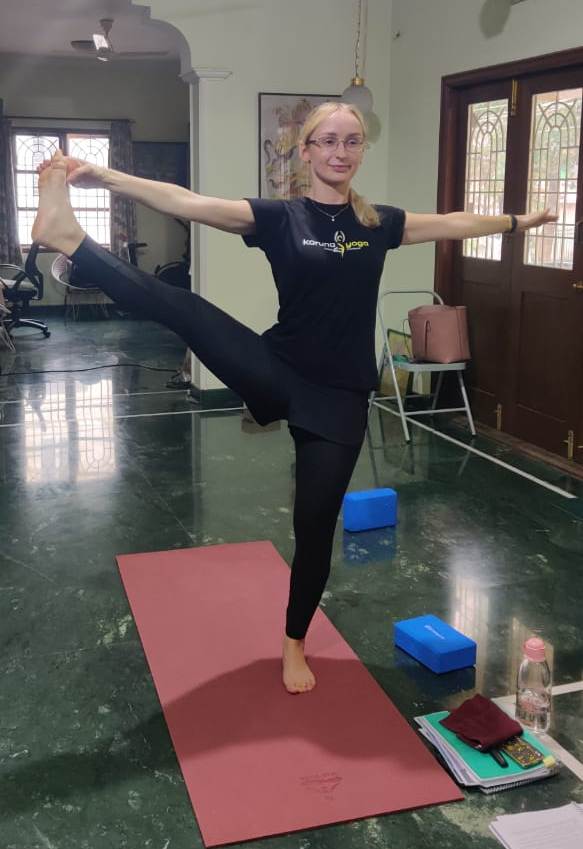
Turning the palms of the hands downward, or walking on the inside edge of the foot. Pronation describes a rotational movement of the forearm that results in the palm facing posteriorly (when in the anatomic position). Supination describes the motion of turning the palm anteriorly
Supination in asana movement.
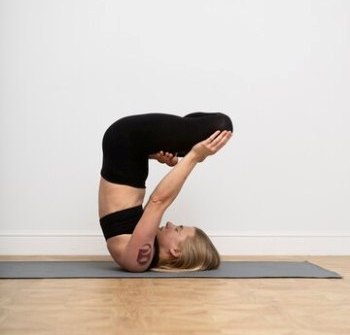
Turning the palms of the hands upward, or walking on the outer edge of the foot. Supine means lying in a faceup position. It is the opposite of prone, which is lying face down. Similarly, supination means to turn a hand, foot, or limb upward, whereas pronation refers to turning them downward.
Adduction, in asana movement.
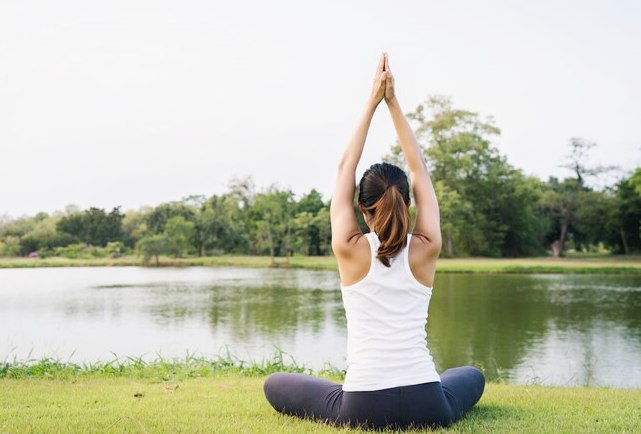
Adduction of a joint makes a body part move towards the midline of the body. For instance, adduction happens when we move the thigh toward or beyond the midline of the body. It’s what you might refer to as “squeezing the inner thighs.” Coming into Garudasana or Eagle pose is an example of hip adduction.
Abduction, in asana movement.
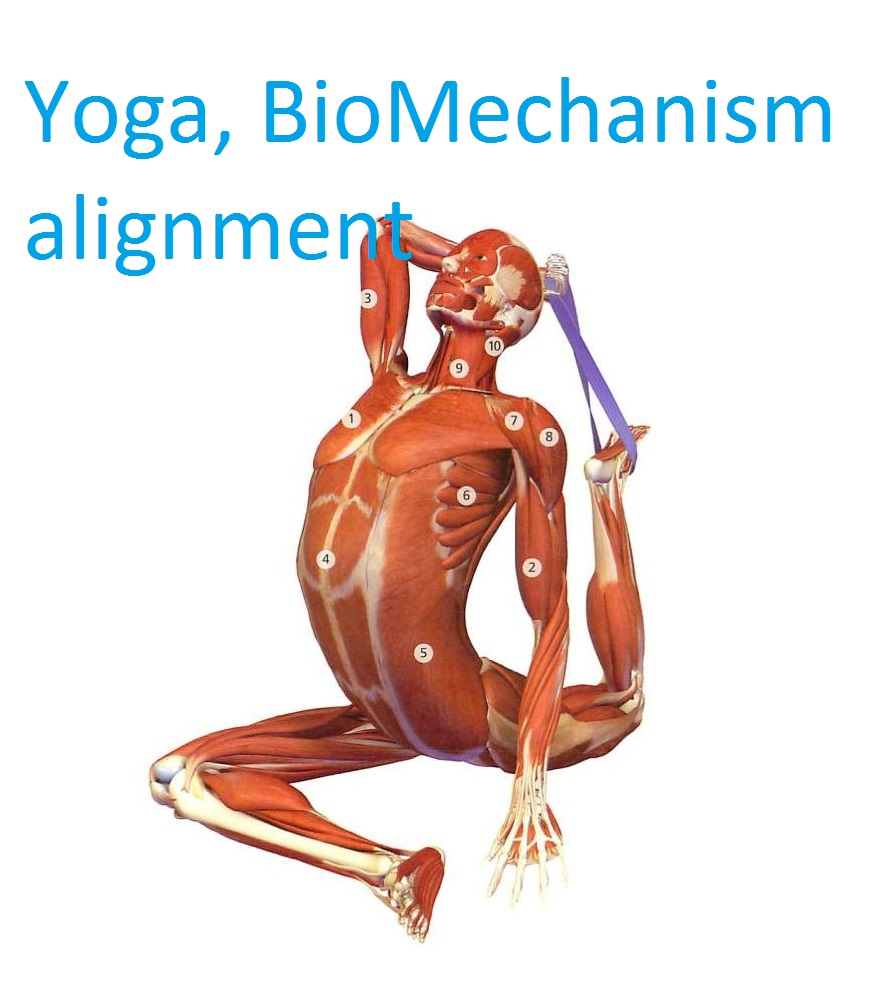
Abduction of a joint makes a body part move away from the midline of the body in the anatomical position. For instance, abduction is the term used for the movement made, and not for the position of the hands at a particular point. Same goes with the legs: Moving of the legs away from the midline, […]
